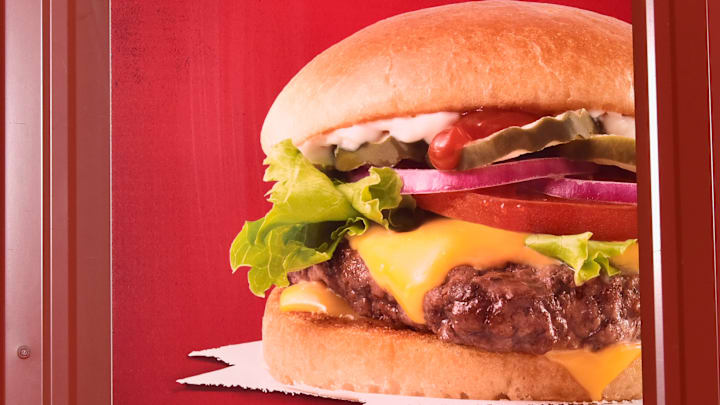Wendy’s signature square hamburgers have become as closely associated with the brand as its red-headed mascot. The burger chain isn’t shy about the quality of its beef, making it the center of numerous ad campaigns. But what does a patty’s shape have to do with how it tastes?
According to the company’s founder, the decision to make the burger’s square was more of a clever marketing maneuver than a culinary preference. When Dave Thomas opened the first Wendy’s restaurant in 1969, he wanted guests to see the quality of the meat. By shaping the burgers so that their edges peeked past the bun, he was showing he didn’t cut corners in a very literal way.
Over the decades, this commitment to an unconventional burger shape would backfire. Some customers have accused the square beef patties of looking unnatural and processed, which is the exact opposite of what they’re supposed to convey. The fast food company responded to these criticisms in 2011 by rounding the edges of their burgers slightly to give them a more “natural” square appearance.
Though theirs may be the most iconic example, Wendy’s didn’t invent the square patty. White Castle’s angular burgers predate Wendy's by decades. The chain's founder claimed to have borrowed the look from Kewpee’s, a restaurant in his hometown of Kalamazoo, Michigan.
But Wendy’s unique burgers aren’t their only claim to fame: The company’s chili, baked potatoes, salad bars, and sunrooms also helped it stand out in the crowded fast food landscape—though the latter two features have been phased out in recent years.
Have you got a Big Question you’d like us to answer? If so, let us know by emailing us atbigquestions@mentalfloss.com.
Read More Stories About Wendy’s Here:
A version of this story was originally published in 2020 and has been updated for 2024.
